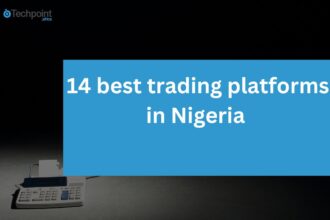As the energy landscape continues to evolve, Sakhile Ngcongwane, Business Development Manager at SolarAfrica, emphasizes the importance of diversifying renewable energy solutions for businesses. Gone are the days when solar power was simply about a few rooftop panels; in today’s world, businesses must embrace a variety of energy sources to truly reap the benefits.
With shifting policy signals and a mixed outlook on the future of renewable energy, particularly for large energy users in the commercial and industrial sectors, many are questioning the value of solar power. However, Ngcongwane affirms that solar still plays a crucial role in the energy mix, albeit in a more evolved capacity.
Despite the seeming decline in national priority for renewable energy, fueled in part by the stalled implementation of South Africa’s carbon tax, Ngcongwane argues that there is a strong business case for solar power. The renewables landscape has matured significantly, and solar is now seen as a vital component of a diversified energy mix.
While geopolitical volatility and policy shifts may impact the renewable energy sector, Ngcongwane believes that businesses can benefit from embracing solar power as part of a broader energy strategy. In addition to its environmental benefits and energy security advantages, solar power can also lead to significant cost savings for businesses.
However, recent changes in Eskom’s Retail Tariff Plan have altered the energy cost structure for high-energy users in the commercial and industrial space. This shift emphasizes the need for energy stacking – combining multiple energy sources such as solar, battery energy storage systems, and energy trading to optimize supply, usage, and cost efficiency.
By adopting a diversified energy mix, businesses can not only reduce costs and enhance energy security but also improve their sustainability credentials. This approach aligns with future carbon regulations and increasingly stringent environmental, social, and governance standards, giving businesses a competitive edge in the long run.
In conclusion, Ngcongwane stresses the importance of embracing a layered approach to energy solutions. By combining different energy sources and technologies, businesses can lower costs, boost resilience, and stay ahead of regulatory changes. C&I leaders who take proactive steps to build flexible, diversified energy structures will not only reduce their carbon footprint but also position themselves for long-term success in a rapidly changing energy landscape.







